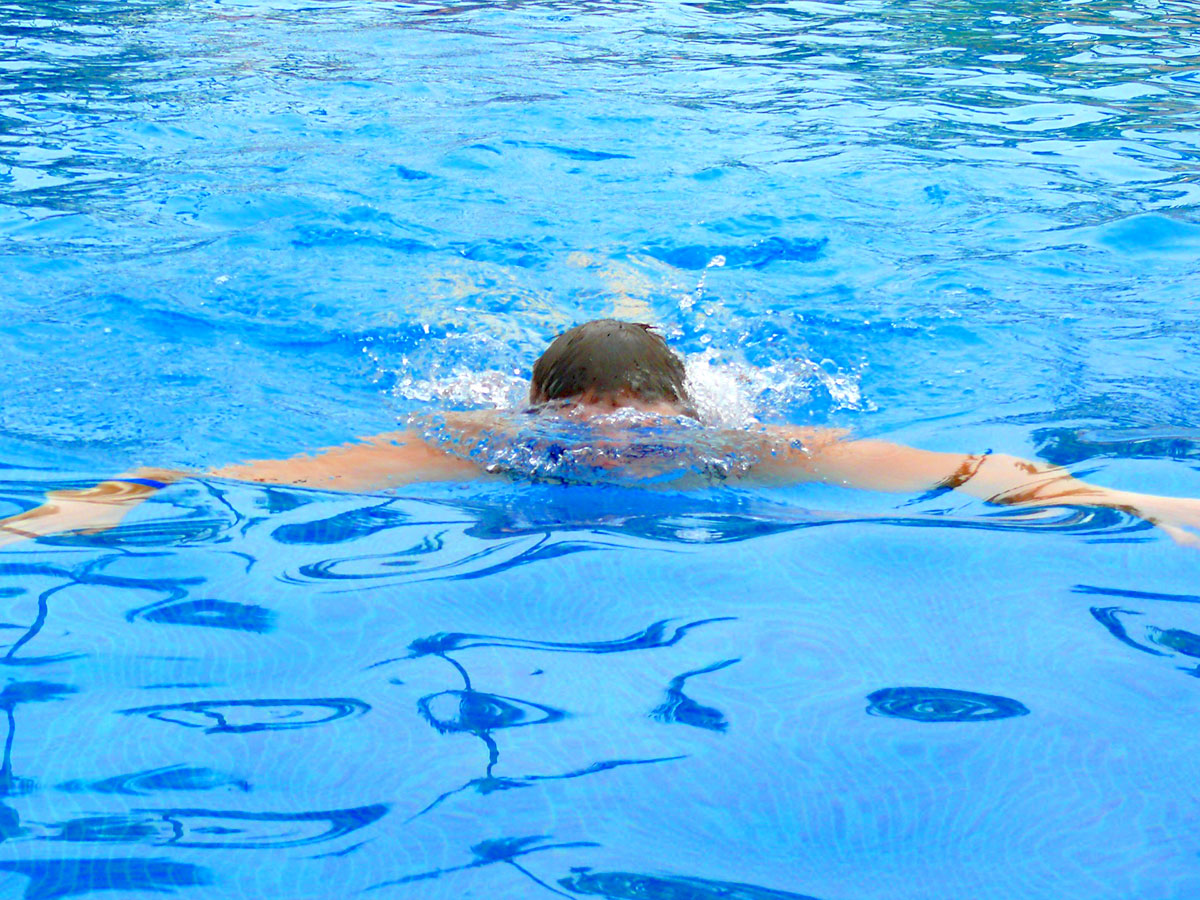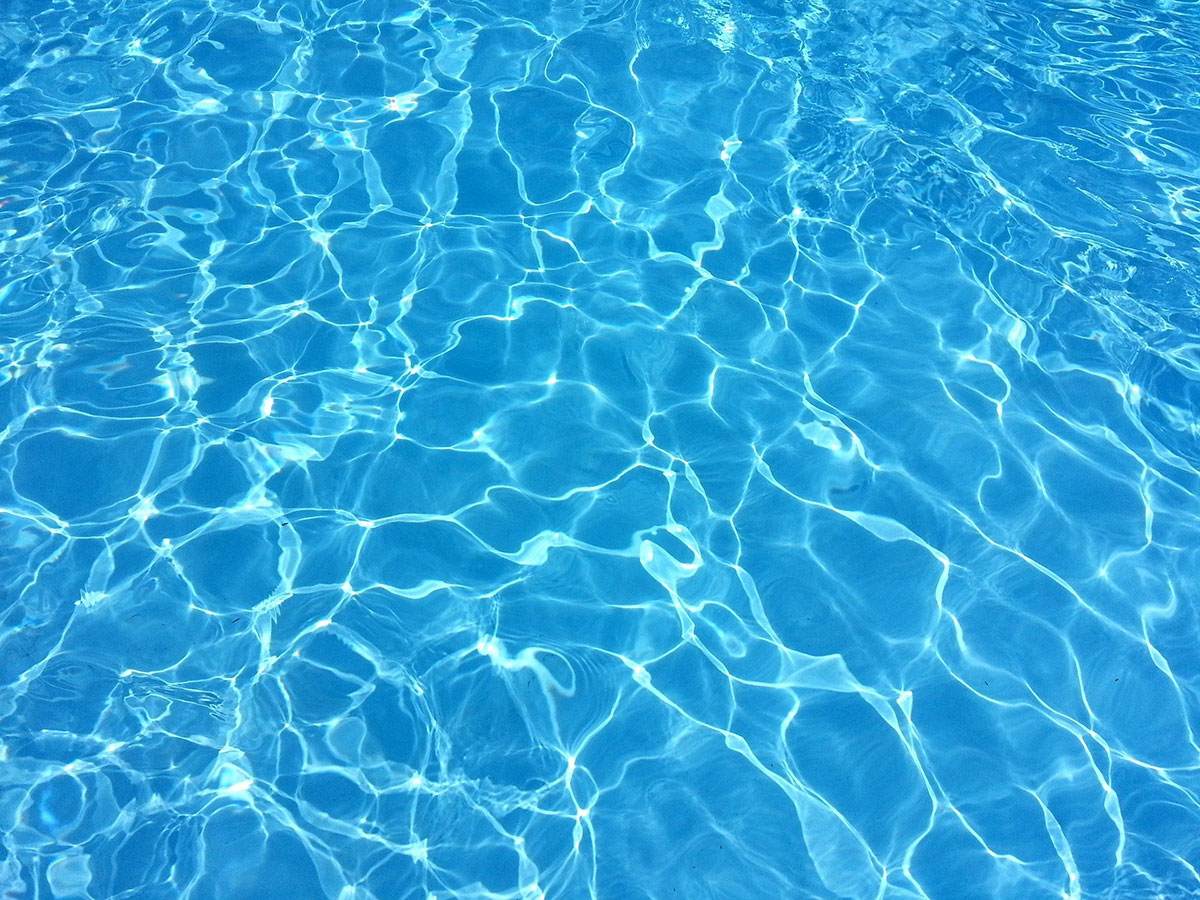
The rational and efficient use of water in aquatic facilities helps the community as well as the environment. To the direct savings in meter readings, there’s the added saving of chemical treatment products and the energy necessary for its maintenance and movement.
So, cost savings in water management can be added to the sustainability of its use.
The five principles for any efficient water-use strategy in an aquatic facility are the following:
– Avoid its use where possible. Leak repair is the most cost-effective way to prevent water loss.
– Where consumption cannot be avoided, then reduce it whenever possible. Inefficient devices can be replaced with more efficient models (automatic taps, spray nozzles, drip irrigation).
– Reuse water. In some aquatic centres, for example, water from filter-backwashing is reused.
– Recycle. Although it can’t be used in swimming pools, recycled water can nevertheless be used for irrigation of garden areas or for cisterns in sanitary facilities.
– Search for supply alternatives. Rainwater collection, the supply of aquifers or the use of seawater are possible alternatives for different water uses within the aquatic facility, each with its legal and technical requirements.

Once these 5 principles have been defined, we can establish a 5-point plan for comprehensive, productive and sustainable water management:
1.- The General Manager of the aquatic complex must commit in writing to sustainable and effective water management. It will act as an example for the rest of the personnel who manage the installation.
2.- A position of water manager must be added to the facility management organizational chart. This person will be in charge of the water management budget and responsible for generating savings in consumption and costs.
3.- It is necessary to know how, where and when the water is used in the aquatic centre and to prepare a balance of its management. This will include a calculation of all the water entering and leaving the complex, including wastewater and evaporation losses. This record will help identify inefficient devices, opportunities for water savings, and additional management costs. There are several technical systems available to monitor water consumption in aquatic centres, such as the use of sub-meters.
4.- Realistic savings objectives should be established, so that progress can be quantified. Aquatic facilities that propose efficient water use, typically set a goal of saving 20% of water resources.
5.- Involve centre staff and clients in efficient water management. The publication of management reports, bulletin board posters and newsletters will decisively contribute to changing behaviour and achieving the set savings-targets.

Despite the aforementioned, the responsibility for effective water management does not rest solely with the aquatic facility’s administrators. Architectural studios must also take responsibility for their designs. Amusement Logic is involved in this issue and sets efficiency and sustainability goals in the design and development of aquatic centres.
Sources: Sydney Water.
RELATED STORIES
Newsletter



